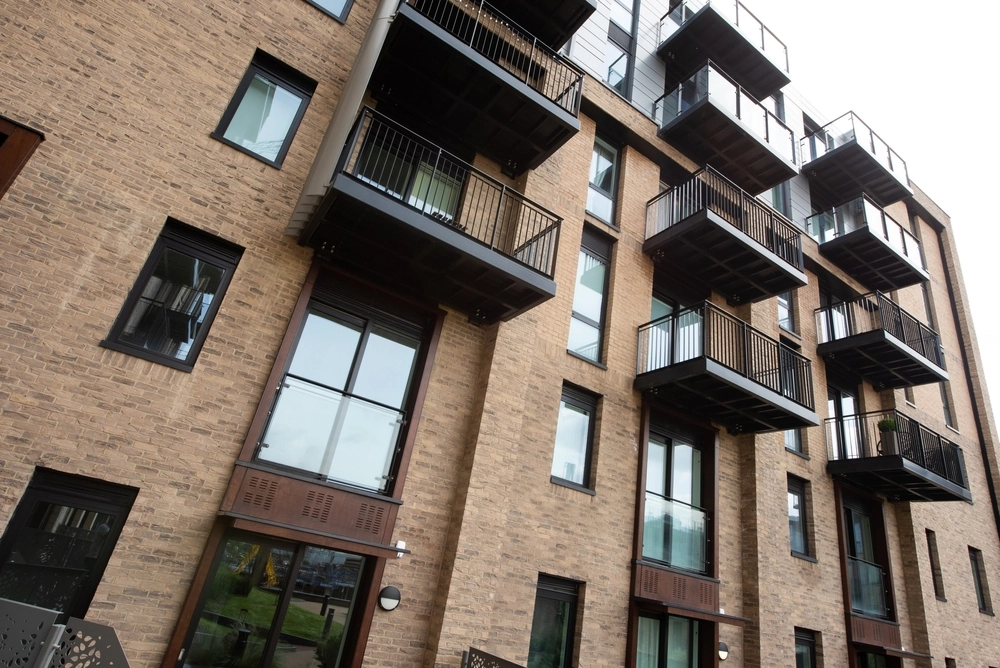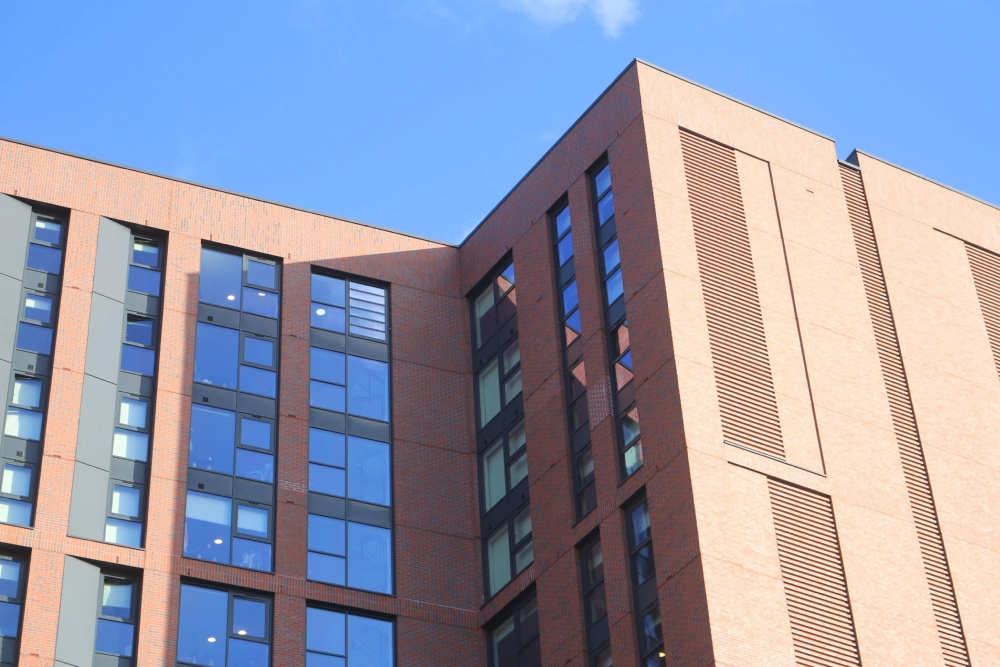
Peeling back the layers: cladding systems and remediation under the Building Safety Act 2022 (Lehner v Lant Street)

By Rachel Small
22 Aug 2024 | 4 minute read
A recent appeal decision by the Upper Tribunal in Lehner v Lant Street Management Company Limited [2024] UKUT 0135 (LC) has provided some welcome detail and clarity on certain aspects of the Building Safety Act 2022 ("the Act").
We consider this decision below, and for those wishing to read the judgment in full – that can be found here.
Background of facts and decision
Mr Lehner is the leasehold owner of flat 44, 4 Sanctuary Street in London located in what is known as "block 1" of three separate flat blocks built by Wimpey in the early 2000's and managed by Lant Street Management Co Ltd ("Lant Street").
In early 2020 Lant Street confirmed to leaseholders (including Mr Lehner) that they intended to undertake works to ensure that the buildings complied with the latest building safety advice, including:
- the removal of the external cladding panels,
- stripping out the original insulation and its replacement with new insulation, and
- the installation of fire safety barriers where these were missing, and the reinstatement of original cladding panels.
("the Works")
At first instance, the First-tier Tribunal (Property Chamber) (FTT) held that the Works were not "cladding remediation" nor was Mr Lehner's lease considered "qualifying" for the purposes of the Act, meaning Mr Lehner was liable for his contribution as part of his service charge payable under his lease.
The decision was reversed on appeal by the Upper Tribunal (Lands Chamber) (UT), who not only found the demand defective pursuant to the Landlord and Tenant Act 1987, but also that Mr Lehner was protected from any such service charge as a result of the nature of the works and his interest pursuant to protections afforded to him by the Act.
Cladding system and cladding remediation – a wide definition
Paragraph 8 of Schedule 8 of the Act provides that no service charge shall be payable under a qualifying lease in respect of "the removal or replacement of any part of a cladding system that forms the outer wall or an external wall system and is unsafe" (i.e., cladding remediation).
Although cladding remediation is defined, the UT was required to consider what constituted a "cladding system". In considering this, the UT reversed the FTT's decision and noted as follows:
- A "cladding system" was not intended to be limited to a single component (e.g., a single outer layer) and may be formed of a number of parts/components/layers found behind an external sheet.
- Paragraph 8 would only be satisfied by reference to the cladding system as a whole rather than parts (although, it would appear unlikely that where part was considered unsafe, this would not in effect render the entire system unsafe).
- The replacement of any such system did not need to be confined to being replaced with an identical component, such that any upgrades or replacements should be caught within the protection.
Accordingly, the Works (and in particular the removal of the original two sheets of insulation and replacement with a new, more fire-resistant single sheet, and installation of cavity barriers) did satisfy "the removal and replacement of part of the cladding system" to the building. Indeed, the omission of the cavity barriers in the original development on its own would render the entire cladding system unsafe for the purposes of paragraph 8.
Mr Lehner was therefore awarded protection and not liable for the service charge.
Conclusion
The decision continues to highlight the complexity of the Act, and the potential pitfalls for landlords in collecting service charges for potentially qualifying works going forwards, whilst providing a useful discussion on the definition of "cladding system" as well as an overview of the deeming provisions set out within the Act, which should provide some clarity going forwards.
It is worth noting that Parliament has made use of a number of presumptions/deeming provisions when interpreting the Act so as to alter/remove the usual burden of proof. The result of this is that certain facts will automatically be assumed in the favour of a leaseholder unless a landlord has taken all relevant steps to rebut that presumption and satisfy relevant conditions in advance. This protection provides a potentially easy and fatal trap for landlords who fail to protect themselves as required.
Developers and landlords alike would be wise to consider their scope of works carefully with appropriately trained experts to ensure their position and that any statutory steps/conditions (e.g., the preparation and service of certificates as required under the Act) have been complied with. The consequences of failing to do so, or producing defective information/documents, are potentially stark and could lead to significant landlord liability. Similarly, practitioners will wish to consider all extrinsic evidence available (tender and development documents, drawings, photos etc.) to consider whether or not proposed works are in respect of a "cladding system" or not.
Finally, and perhaps most helpfully, the decision provides (at paragraphs 45 and the appendix) a step-by-step process to determine whether service charges are payable in respect of works to which leaseholder protections apply. Parties will be grateful for the easy-to-follow process when considering their own or a relevant party's position and in determining subsequent tactics and compliance requirements.
Our Real Estate Disputes team is currently dealing with a number of matters pursuant to the Act. If you would like to discuss your position or the Act more generally, please do not hesitate to get in touch with one of our experts.



Partner
Energy & Infrastructure | Projects, Infrastructure & Construction | Real Estate

Partner
Energy & Infrastructure | Projects, Infrastructure & Construction | Real Estate

Partner
Head of Energy & Infrastructure | Projects, Infrastructure & Construction | Real Estate





















Principal Director
Energy & Infrastructure | Projects, Infrastructure & Construction | Real Estate

























Associate
Projects, Infrastructure & Construction | Real Estate | Energy & Infrastructure







Related


![Goodwill Hunting: MVL Properties v The Leadmill [2025] featured image](https://www.footanstey.com/wp-content/uploads/2025/03/beer-brewery-2024.jpg)










